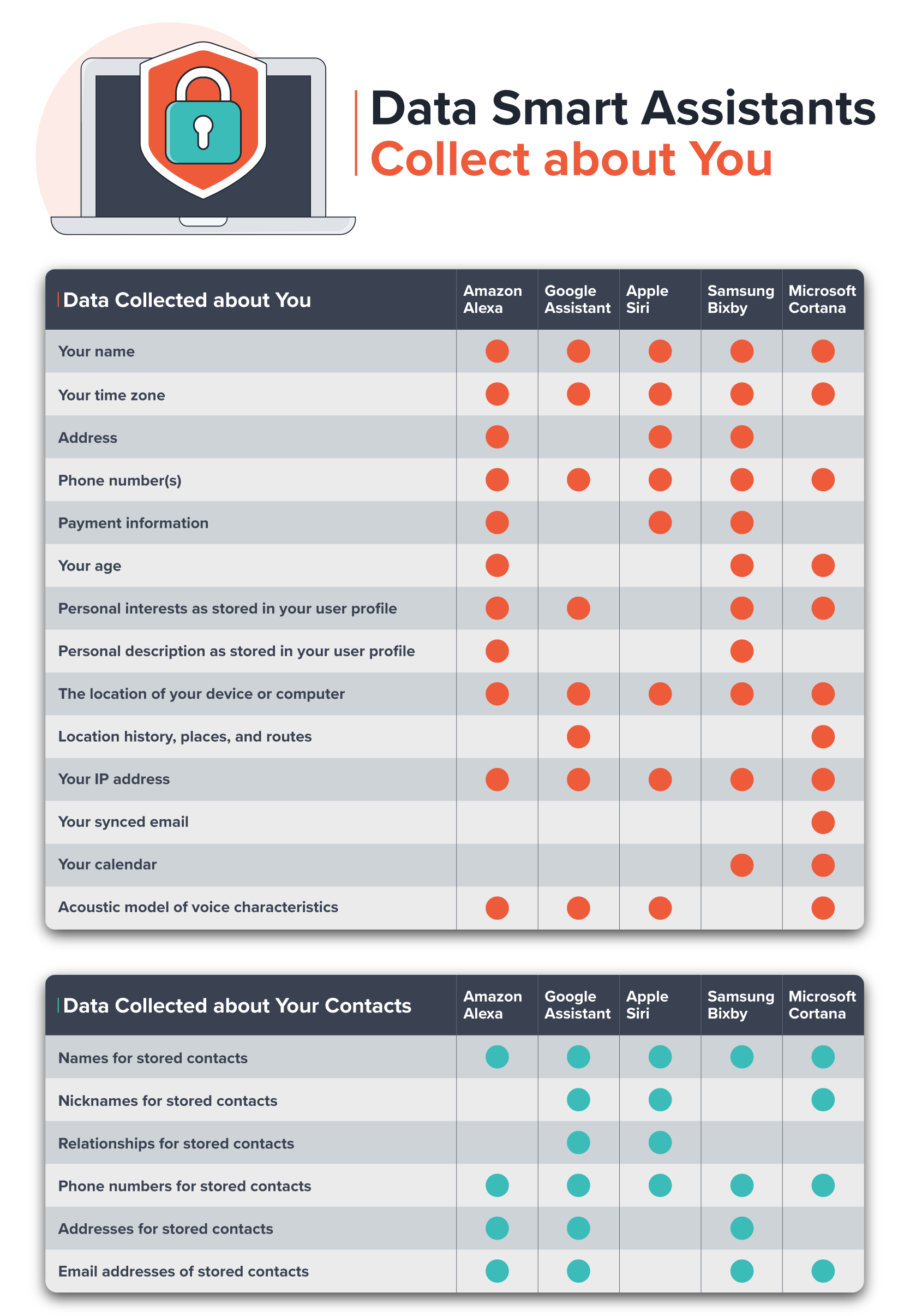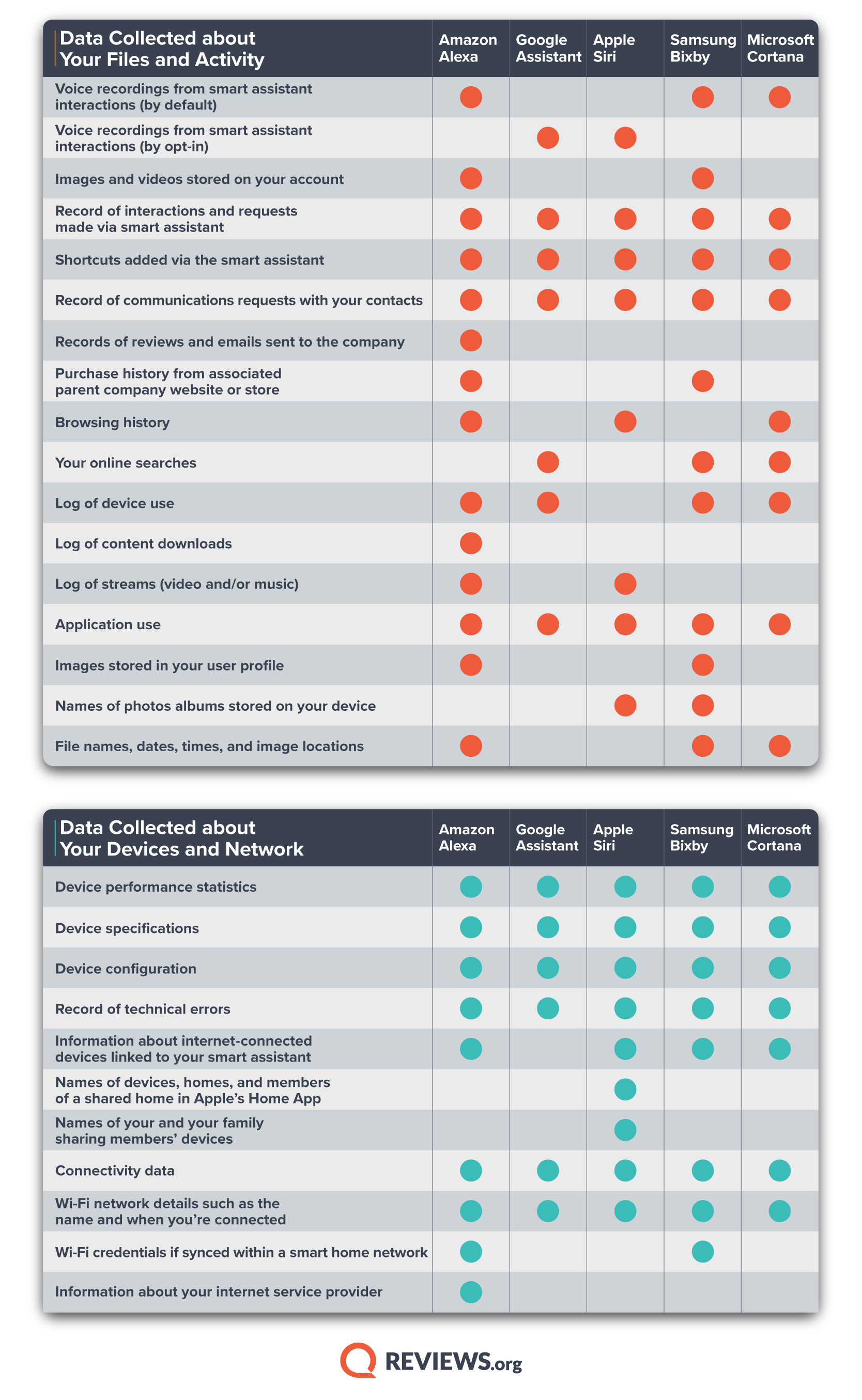Huq, an established data vendor that obtains granular location information from ordinary apps installed on people’s phones and then sells that data, has been receiving GPS coordinates even when people explicitly opted-out of such collection inside individual Android apps, researchers and Motherboard have found.
The news highlights a stark problem for smartphone users: that they can’t actually be sure if some apps are respecting their explicit preferences around data sharing. The data transfer also presents an issue for the location data companies themselves. Many claim to be collecting data with consent, and by extension, in line with privacy regulations. But Huq was seemingly not aware of the issue when contacted by Motherboard for comment, showing that location data firms harvesting and selling his data may not even know whether they are actually getting this data with consent or not.
“This shows an urgent need for regulatory action,” Joel Reardon, assistant professor at the University of Calgary and the forensics lead and co-founder of AppCensus, a company that analyzes apps, and who first flagged some of the issues around Huq to Motherboard, said in an email. “I feel that there’s plenty wrong with the idea that—as long as you say it in your privacy policy—then it’s fine to do things like track millions of people’s every moment and sell it to private companies to do what they want with it. But how do we even start fixing problems like this when it’s going to happen regardless of whether you agree, regardless of any consent whatsoever.”
[…]
Huq does not publicly say which apps it has relationships with. Earlier this year Motherboard started to investigate Huq by compiling a list of apps that contained code related to the company. Some of the apps have been downloaded millions or tens of millions of times, including “SPEEDCHECK,” an internet speed testing app; “Simple weather & clock widget,” a basic weather app; and “Qibla Compass,” a Muslim prayer app.
Independently, Reardon and AppCensus also examined Huq and later shared some of their findings with Motherboard. Reardon said in an email that he downloaded one app called “Network Signal Info” and found that it still sent location and other data to Huq after he opted-out of the app sharing data with third parties.
[…]
Source: Location Data Firm Got GPS Data From Apps Even When People Opted Out





